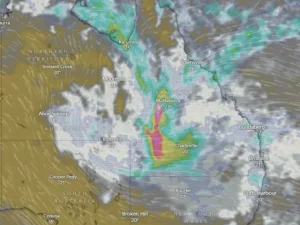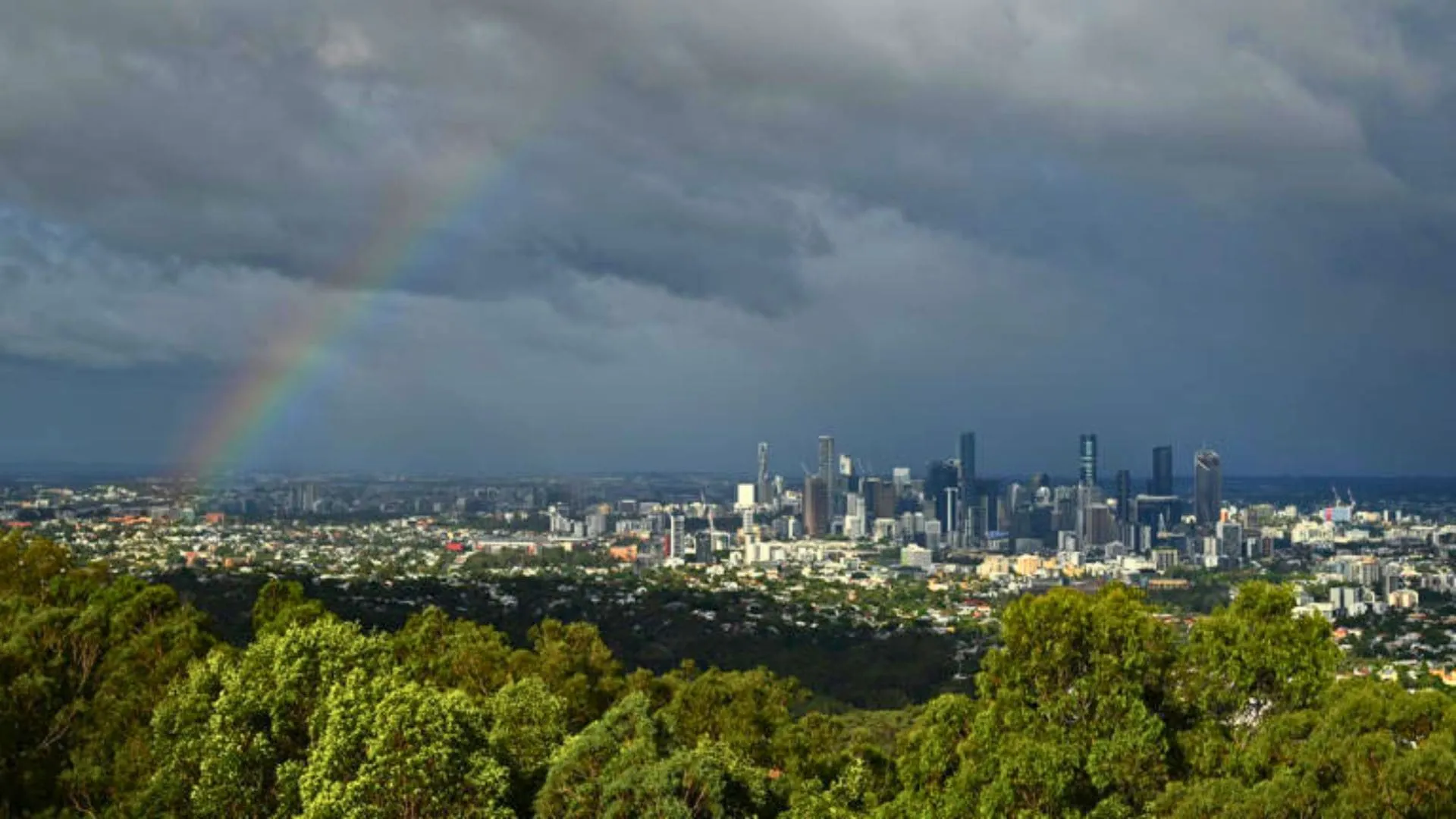A massive 2,000-kilometre-long rain band has caused widespread flooding across Queensland. Several towns have been completely cut off due to days of continuous rainfall. The phenomenon, described as a “pseudo-monsoon,” has brought record-breaking rainfall to the region. The pseudo-monsoon is being driven by a slow-moving trough, which is pulling tropical moisture over inland Queensland. As the storm continues, the Bureau of Meteorology (BoM) has issued severe weather warnings for parts of central-west and south-west Queensland. The downpour is expected to last until midweek, with more rain anticipated.


Record Rainfall and Widespread Flooding
The intense rainfall due to pseudo monsoon has already broken monthly records across many regions. In some areas, the rain has been so heavy that it has delivered a year’s worth of rainfall in just a few days. For example, in the 24 hours to Wednesday morning, central-west Queensland recorded more than 200mm of rain. Specifically, Bogewong saw 230mm of rain, and Stonehenge recorded 203mm. Winton, known as Australia’s dinosaur capital, also set a new daily rainfall record with 158mm.
As a result, rivers like the Bulloo, Thomson, and Georgina have flooded, leading to major flood warnings. Many other inland rivers are also facing moderate flooding. With the storm being slow-moving, the floodwaters are not draining quickly, worsening the situation. The ongoing downpour is affecting many regions, including towns like Quilpie, Windorah, Jundah, and Boulia. These areas are struggling to cope with the massive amounts of water, which continue to rise as the storm slowly moves through.
Shifting Weather and Regional Impacts
The rainfall is expected to shift southward by Friday, bringing wet weather to Brisbane and possibly Sydney. However, some relief is expected by Sunday, as the storm begins to ease. Even so, the damage caused by the floods will take time to recover from. Meanwhile, other parts of Australia are facing contrasting weather conditions. Adelaide, for example, is experiencing a dry and hot March. The city has received only 13.2mm of rain this year, and its reservoirs are at their lowest levels in over 20 years. Similarly, Perth and the Pilbara are facing temperatures that will exceed 39°C, marking one of the longest stretches of hot weather in decades.
Climate Change and Increasing Weather Extremes
This extreme weather event is a stark reminder of the growing unpredictability of Australia’s climate. Scientists have warned that the climate crisis is contributing to more frequent and severe weather events. The Bureau of Meteorology has stated that Australia’s land surface has warmed by 1.5°C since 1910, which is fueling more extreme weather. This warming is leading to increasingly intense wet and dry weather patterns across the country. As Australia continues to experience both extreme rainfall and intense heat, it is clear that the impacts of climate change are already being felt in everyday life.



